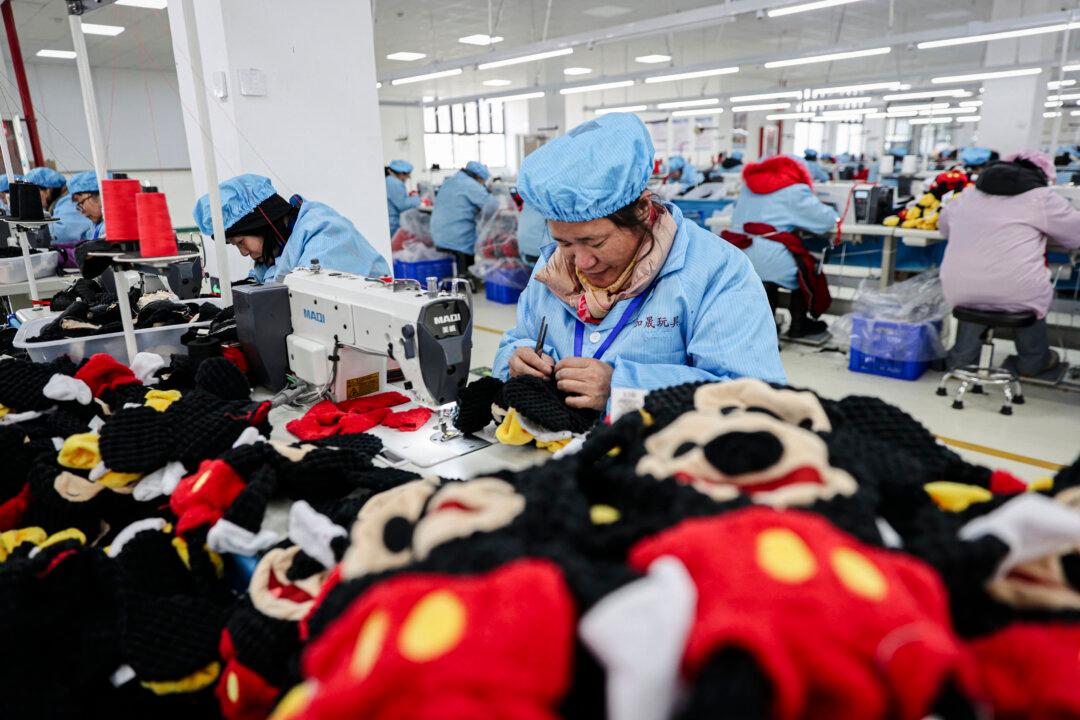Commentary
The Chinese communists have been leading a charm offensive to encourage foreign direct investment (FDI) in the ailing Chinese economy.

The Chinese communists have been leading a charm offensive to encourage foreign direct investment (FDI) in the ailing Chinese economy.